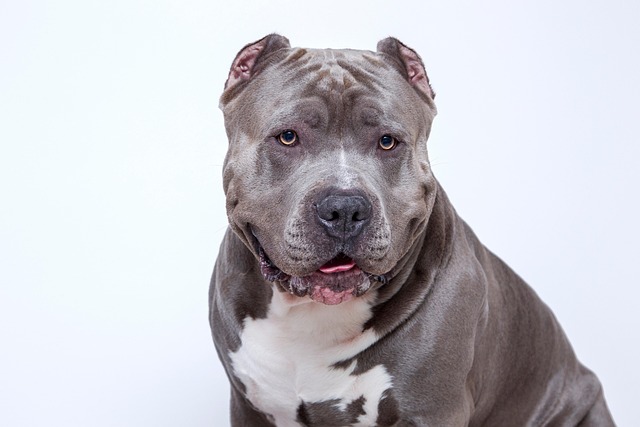
How can I tell if my dog's heatstroke is serious
Let’s be real: It’s a sticky August morning in Los Angeles, and you took your 2-year-old Golden Retriever, Max, for a walk a little later than usual
Watching your dog turn away from food can spark that urge to step in—maybe even pry open their mouth to get something down. But before you act, let’s break down why forcing food might do more harm than good.
Dogs shut down around food for reasons that range from stress to serious illness. A pup who’s just moved homes or dealt with a storm might lose their appetite temporarily. On the flip side, refusing meals could signal issues like dental pain or organ trouble. Forcing food here doesn’t fix the root cause; it might even make them associate eating with fear, turning a short-term problem into a long-term habit.
Legally, crossing into force-feeding territory gets tricky, too. In places like the UK, animal welfare laws emphasize preventing unnecessary suffering—if forcing food causes distress, you could be on shaky ground. Similarly, states across the US have statutes that require owners to meet their pets’ basic needs without inflicting harm. What feels like “help” might actually violate those standards, especially if it leads to choking or trauma.
 Culturally, European and American families tend to prioritize a dog’s autonomy around meals. Think about it: you wouldn’t force a friend to eat if they’re not hungry. Dogs communicate through their behavior, and respecting their refusal can strengthen trust. That said, if skipping meals becomes a pattern—more than 24 hours for most adult dogs—it’s time to call the vet. They can rule out health issues and suggest safe ways to encourage eating, like warming food or trying a different protein.
Culturally, European and American families tend to prioritize a dog’s autonomy around meals. Think about it: you wouldn’t force a friend to eat if they’re not hungry. Dogs communicate through their behavior, and respecting their refusal can strengthen trust. That said, if skipping meals becomes a pattern—more than 24 hours for most adult dogs—it’s time to call the vet. They can rule out health issues and suggest safe ways to encourage eating, like warming food or trying a different protein.
Another angle? Force-feeding risks physical harm. A dog struggling against it might inhale food into their lungs, leading to pneumonia. Even if you manage to get food down, the stress could disrupt their digestion. It’s a lose-lose scenario. Instead, create a calm mealtime environment—no distractions, consistent schedule—and let them eat at their own pace. If they walk away, pick up the bowl and try again later.
In the end, trust your instincts but pair them with patience. A dog who won’t eat is sending a message; your job is to listen, not to override it. When in doubt, professional guidance from a vet beats taking matters into your own hands. After all, keeping your pup healthy and happy means knowing when to step back—and when to seek help.

Let’s be real: It’s a sticky August morning in Los Angeles, and you took your 2-year-old Golden Retriever, Max, for a walk a little later than usual

You're enjoying a summer afternoon at the park when you notice your dog has stopped panting and appears disoriented - their gums are bright red

Let’s paint the picture: You’re in your Denver apartment, watching your 4-year-old Boston Terrier, Ruby, plop down mid-play session with her favorite toy

Many dog owners notice their pets nails seem shorter after regular walks,but how much does this daily activity actually help?The answer depends on where you walk—concrete sidewalks or asphalt streets gently file nails as a dog's paws hit the ground

Most dog owners notice their pup scooting across the carpet at some point, but few connect it to impacted anal glands. These small sacs near a dog’s rectum secrete a scent for marking territory

Most vets agree that regular dog teeth cleaning is key to avoiding painful dental issues later. For healthy adult dogs, a professional cleaning at the vet’s office every 12 to 18 months usually works well.